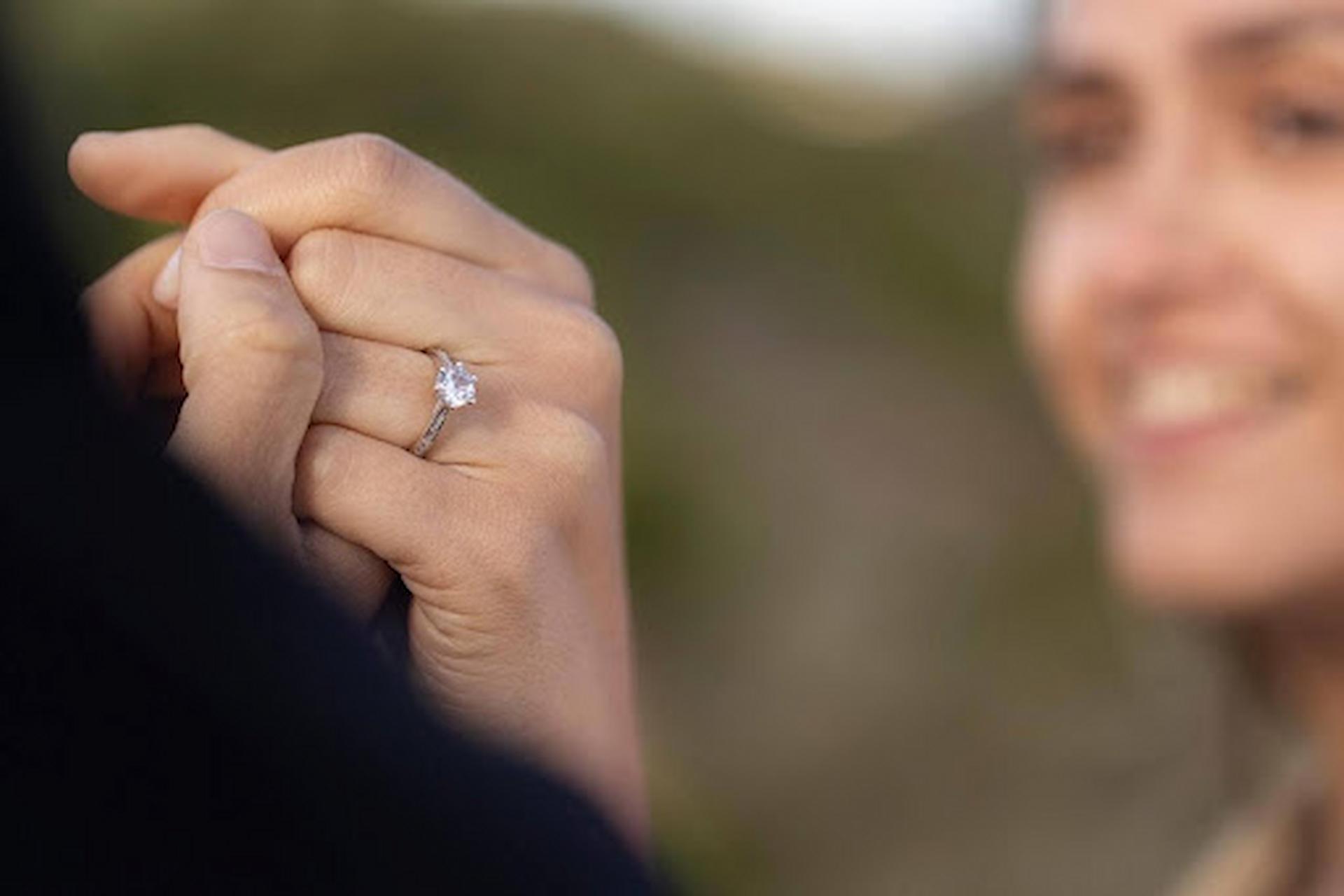The art of tattooing has woven its tapestry throughout human history, transcending cultural boundaries and evolving into a global phenomenon.
From ancient rituals to contemporary expressions of identity, the history of tattoos is as diverse and captivating as the ink that adorns countless bodies.
In this exploration, the team at Tattoo Removal Experts, the leading specialists for tattoo removal in London, embark on a journey through time, unravelling the fascinating story of how tattoos have evolved, transformed, and left an indelible mark on the human experience.
Ancient Beginnings
The origins of tattooing can be traced back thousands of years, with evidence suggesting that the practice was an integral part of various ancient cultures. Archaeological discoveries have revealed mummies adorned with tattoos in Egypt dating back to 2000 BC, suggesting that tattooing was not merely a decorative art form but also held cultural and ritualistic significance.
In Polynesia, the word “tatau” gave birth to the Western term “tattoo.” The Polynesians had a rich tradition of tattooing, with each mark symbolising a person’s status, lineage, and achievements. Tattoos in this context served as both a form of personal expression and a cultural identifier.
Tattoos in the Classical World
The ancient Greeks and Romans viewed tattoos with a mix of fascination and disdain. In Greek literature, tattoos were associated with barbarians, while in Rome, they were often linked to slaves and criminals.
However, despite the social stigma, some members of these societies embraced tattooing as a form of personal expression and a testament to their experiences.
The Indigenous Tradition
Indigenous peoples across the globe have a longstanding history of incorporating tattoos into their cultural practices.
From the Maori of New Zealand to the Native American tribes, tattoos served as symbols of identity, spirituality, and tribal affiliations. Each mark told a story, echoing the wearer’s connection to their community, ancestors, and the natural world.
The Tattoo Renaissance
The medieval and Renaissance periods in Europe witnessed a decline in tattooing, partly due to the influence of the Church and changing social attitudes.
However, the resurgence of tattoos began in the 18th century, thanks to the voyages of Captain James Cook. Cook’s encounters with the tattooed people of the Pacific inspired a renewed interest in body art among Europeans.
Sailors And Tattoos
The 19th and early 20th centuries marked the golden age of tattoos among sailors. Sailors from different cultures used tattoos as a form of talisman, protection, and identification.
Nautical themes like anchors, ships, and swallows were popular choices, each carrying its own symbolism. Tattoos became a rite of passage for sailors, telling tales of their voyages and experiences on the high seas.
Tattoos And Subcultures
In the mid-20th century, tattoos underwent a significant transformation as they became intertwined with various subcultures.
The rebellious spirit of the punk and rock ‘n’ roll movements embraced tattoos as a form of anti-establishment expression. The tattoo parlour transformed into a hub of creativity, with artists pushing the boundaries of traditional styles.
Contemporary Expression
Today, tattoos have become a mainstream form of self-expression and personal adornment. No longer confined to the fringes of society, tattoos are embraced by people from all walks of life, irrespective of age, gender, or background.
The artistry and technology behind tattooing have reached new heights, with skilled artists employing diverse styles and techniques.





